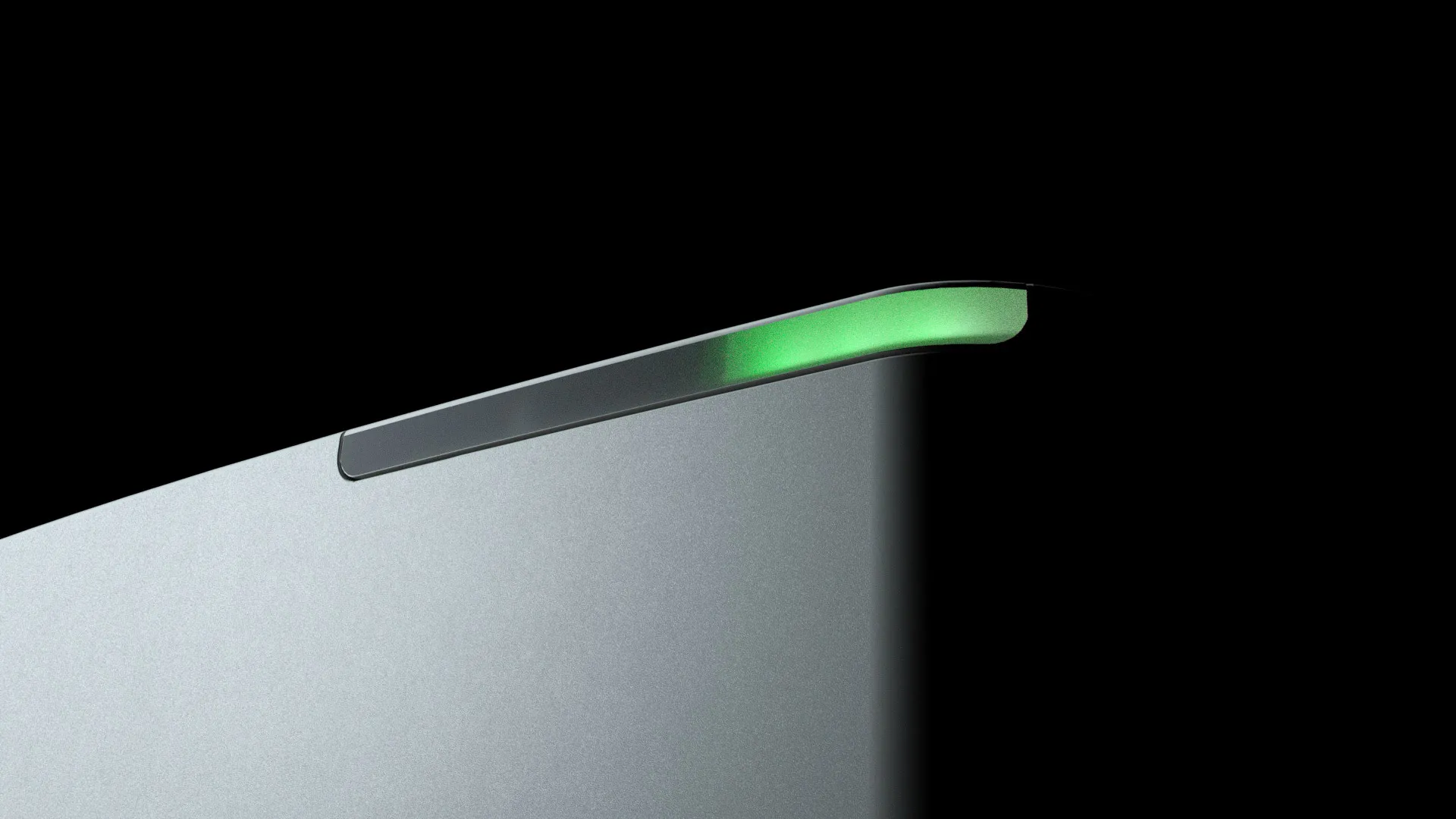
Redshiftbio
Technology Overview
Technology
Unlock Faster, More Reliable Biopharmaceutical Insights
RedShiftBio offers two powerful technologies that enable ultra-sensitive biomolecular analysis: Microfluidic Modulation Spectroscopy (MMS) and purpose-built Liquid Chromatography (HaLCon). These platforms support drug discovery, development, and manufacturing through faster, automated measurements of critical quality attributes like structure, stability, and concentration.
See Structural Changes with Greater Sensitivity
Microfluidic Modulation Spectroscopy (MMS)
High-sensitivity, label-free spectroscopy for biomolecule structure and stability. MMS enables direct measurement of secondary structure across a broad concentration range and buffer conditions, ideal for protein, RNA, and peptide characterization.

Redshiftbio
Our Products



